Marine Science
A blue carbon future
Mangroves, seagrass meadows, seaweeds and saltmarshes, the forests of the sea, perform a vital and often overlooked role in storing carbon and mitigating the effects of climate change.
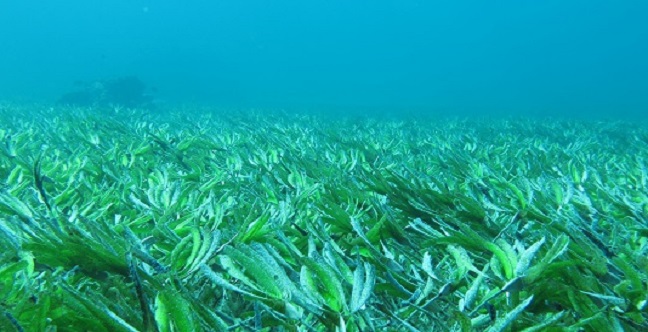
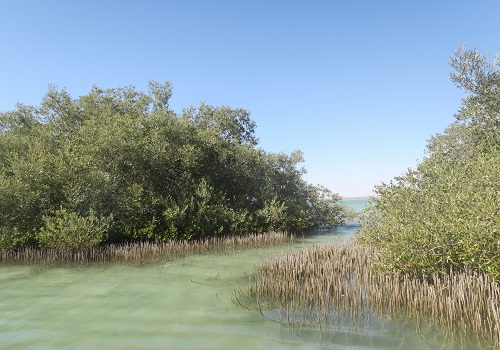
Mangrove forests in the Red Sea.
© 2017 Carlos M. Duarte
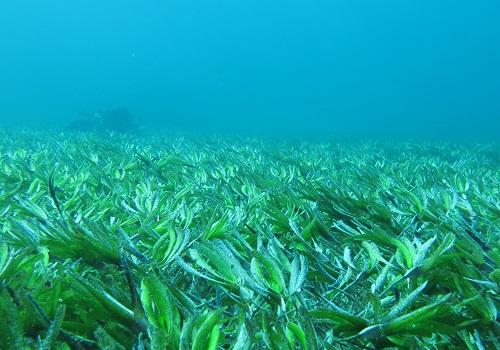
Seagrass meadow in the Red Sea.
© 2017 Alejandra Ortega
Human-induced climate change is one of the biggest threats to life and livelihoods on the planet. To reduce levels of greenhouse gases and protect against the effects of climate change, scientists are now turning to coastal vegetation.
In March 2017, researchers and policymakers from four continents came together at KAUST to discuss this blue carbon resource. Covering just one percent of the sea floor, the vegetation was described by Carlos Duarte, Director of the Red Sea Research Center, as “the most intense carbon sink in the biosphere.”
Bridging land and sea
In the tropics and subtropics, coastal vegetation is dominated by mangroves. To Catherine Lovelock of the University of Queensland, Australia, these trees, able to survive extreme salinity and waterlogging, are “an evolutionary masterstroke worthy of decades of study.”
Like all forests, mangroves fix atmospheric carbon as organic matter and eventually, upon their death, into soil or even peat, basically a permanent carbon store. Research by KAUST scientists suggests that just 60 km2 of coastal vegetation stores enough carbon each year to offset the emissions of 350,000 cars. A single hectare of mangrove forest may hold the same as 17 ha of pristine Amazonian rainforest.
KAUST Professor of Bioscience Daniele Daffonchio wants to maximize this capacity by exploring how interactions between plants, animals and microbes can enhance carbon fixation in mangrove ecosystems. He highlights a process known as bioturbation: modification of the physical and geochemical structure of the soil by plant roots and burrowing animals, such as crabs of which there can be hundreds per square meter. Bioturbation has an important impact on the composition of the microbial community, which in turn alters the turnover of organic matter and thereby sequestration of carbon.
Suddenly the deep
Dorte Krause-Jensen of Denmark’s University of Aarhus specializes in a less conspicuous, but equally important ecosystem: temperate and northern macroalgal (seaweed) forests. These giant kelp forests grow at rates of up to half a meter per day, representing a huge intake of atmospheric carbon. Although macroalgal forests are the most extensive of the marine forests, their role in carbon sequestration has been overlooked because they grow on bare rock and therefore cannot deposit carbon into the soil. However, Krause-Jensen’s work has shown that up to half the carbon in these massive organisms is transported, sometimes thousands of kilometers, by storms and ocean currents to the deep ocean floor, where it can be considered fixed.
Krause-Jensen estimates that carbon sequestration by macroalgae could be as significant as that of mangroves, seagrass meadows and saltmarshes combined, doubling the total contribution of blue carbon. Furthermore, unlike the majority of such resources, the macroalgal forests of the Arctic are actually expanding, increasing their impact still further.
Between the devil and the deep blue sea
For Lovelock, the importance of this research lies in fostering conservation of marine forests, both as carbon sinks and for the other services they provide: nurseries for young fish, including many important edible species, and protection against rising sea levels, storm surges and erosion. In fact, Duarte points out, by trapping sediment, mangroves actually create up to 2-3 mm of soil per year, counteracting rising sea levels. Scientists and policymakers are finally waking up to marine forests as global players in the fight against climate change.
Attention must now focus on protecting these fragile communities; around half of the world’s mangroves have already been lost. If they are to continue to provide vital ecosystem services, land-use planning must allow mangroves, seagrasses and saltmarshes to move inland as rising sea levels displace them. “We simply must leave enough space for them to migrate,” Lovelock emphasizes.
Through quantitative data, science provides an incentive to preserve and restore marine forests and a means for communities to benefit from conservation. Lovelock cites an example where mangrove forests had been exploited for firewood; however, by setting aside an area for conservation, local people raised an income from an international carbon offset company. Such transactions are commonplace in terrestrial systems, but examples of similar opportunities for exploiting blue carbon remain extremely rare.
In fact, marine-forest resources provide communities, often disempowered against climate change, with an opportunity to take control. “Making our landscape hospitable to blue-carbon systems ensures we can still reap the benefits they have to offer us,” Lovelock said. Krause-Jensen points out that workshops like the one at KAUST can raise awareness of the importance of blue carbon and stimulate the protection that our marine forests need so urgently.
References
- | article
You might also like
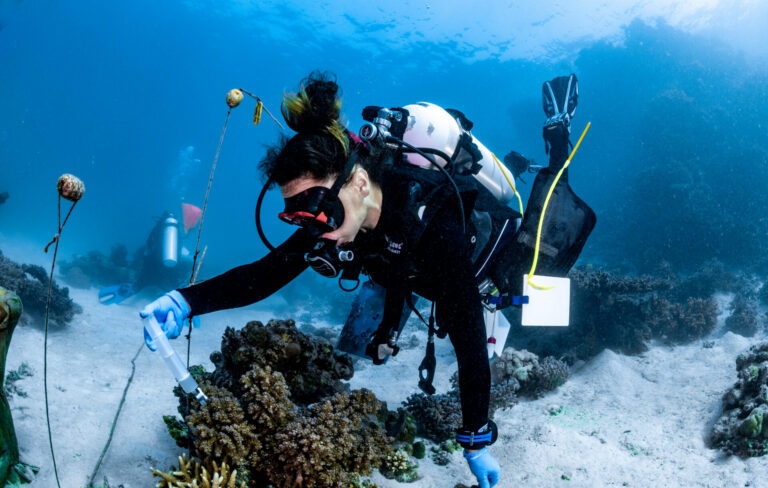
Marine Science
A place to trial hope for global reef restoration
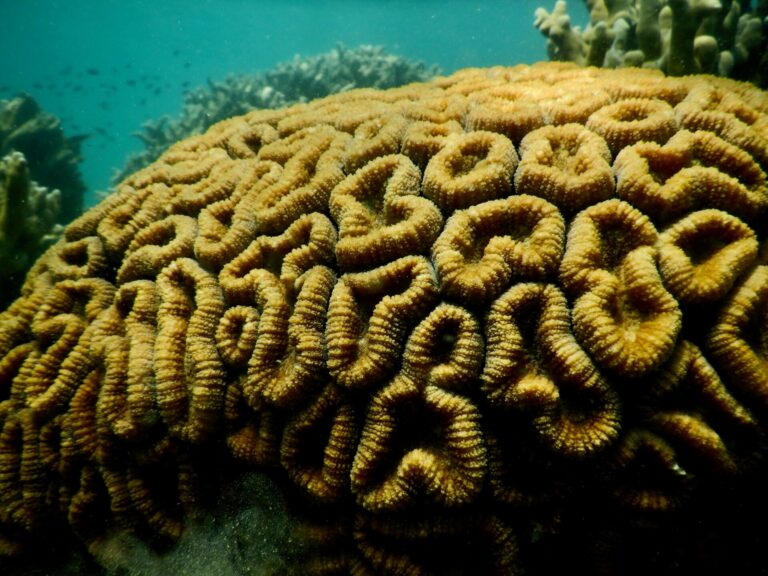
Marine Science
Reef-building coral shows signs of enhanced heat tolerance

Marine Science
Plastic-munching bacteria found across the seven seas

Marine Science
AI reveals the universal beauty of coral reef growth
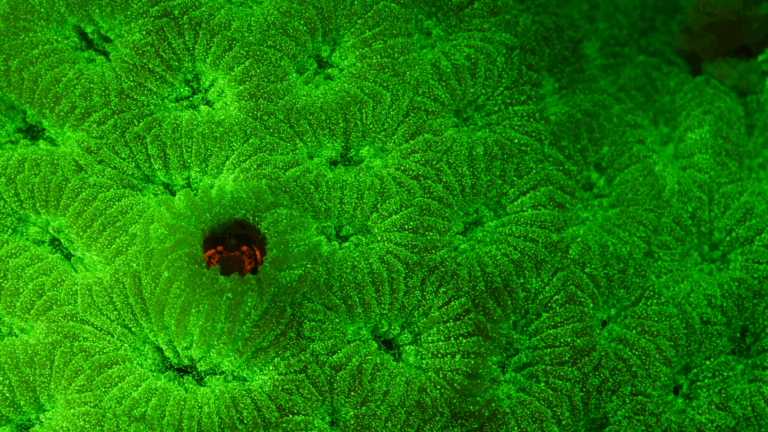
Marine Science
Tiny crabs glow to stay hidden
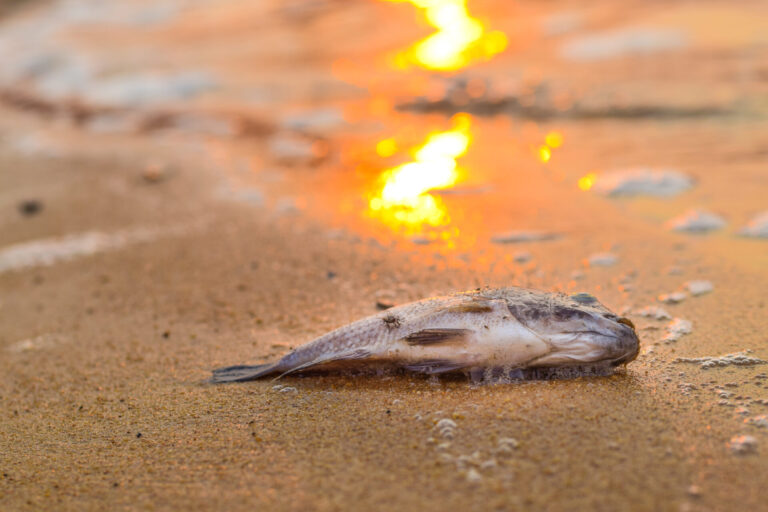
Marine Science
Mass fish deaths linked to extreme marine heatwave in Red Sea
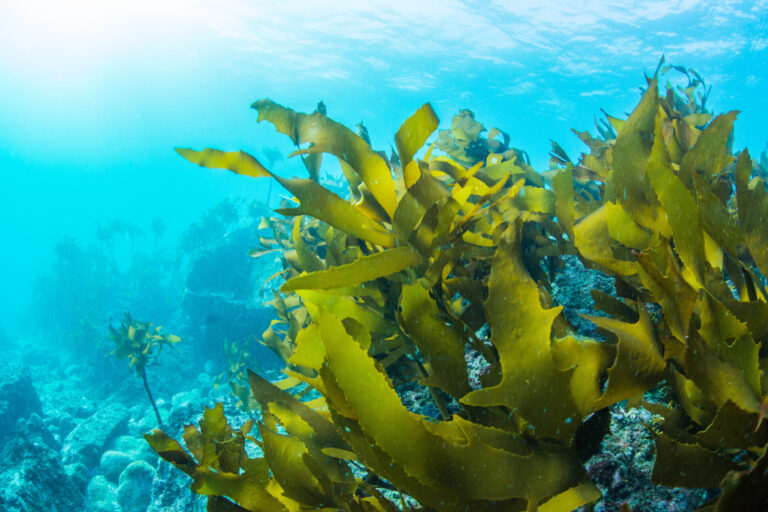
Marine Science
Weeding out the secrets of Red Sea macroalgae

Bioscience



